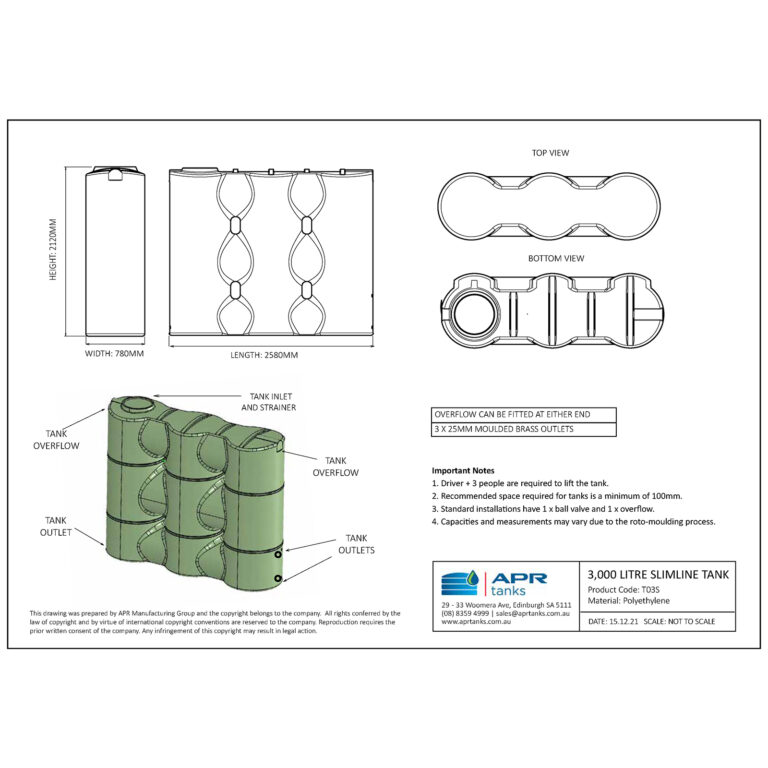Understanding the Relevance of Rainwater Storage Tanks in Drought-Prone Regions for Water Safety
In regions at risk to prolonged dry spells, the duty of rainwater tanks in boosting water security is a subject of growing relevance. As areas come to grips with the obstacles of water shortage, recognizing the value of these storage tanks goes beyond mere collection of rainwater. Rainwater storage tanks work as an essential device in mitigating the influence of water lacks by offering a lasting source of water for different demands. The true value of rainwater storage tanks prolongs far past mere storage space; it incorporates resilience-building measures and the promotion of lasting water conservation strategies. This diverse technique to water security warrants a more detailed exam of the role rainwater tanks play in making certain a reliable water supply during times of dry spell.
Advantages of Rainwater Containers
Making use of rain containers provides a lasting solution for boosting water and enhancing water safety in household and industrial settings. One of the key advantages of rainwater tanks is their capacity to minimize dependency on keys supply of water. By recording and keeping rain that drops on rooftops, this alternate resource can be made use of for numerous non-potable objectives such as watering, flushing toilets, and washing garments. This not only preserves treated alcohol consumption water but likewise reduces water expenses for individuals.

Rainwater Harvesting Methods
Rain harvesting techniques incorporate a variety of methods designed to efficiently gather and store rainwater for numerous functions, adding to water preservation and sustainability. One common method is the installment of rooftop catchment systems, where rainwater is accumulated from the roofing system of a building and routed to a tank. This technique is relatively basic and cost-effective. One more prominent method is making use of above-ground or below ground tank to save rainwater for later use. These containers come in various sizes and materials to match various demands and can be linked to the existing plumbing system for very easy accessibility.

Moreover, rain yards and absorptive pavements are cutting-edge methods that entail landscape design or paving surfaces in a way that allows rain to percolate into the ground, renewing groundwater books. Additionally, contour farming and terracing are farming methods that assist catch rainwater and avoid soil erosion in sloping surface. By implementing these varied rainwater harvesting strategies, communities can boost water security and resilience in drought-prone regions while advertising sustainable water monitoring techniques.
Value of Water Safety And Security
Guaranteeing reputable accessibility to tidy and sufficient water resources is extremely important for maintaining human health and wellness, financial advancement, and environmental well-being. Water protection is an important element of societal durability, specifically in areas prone to droughts and water deficiency. Sufficient water safety and security includes different dimensions, including schedule, top quality, and access of water for domestic, agricultural, industrial, and environmental requirements.
Water protection plays a critical duty in promoting public health and wellness by reducing visit this site the occurrence of waterborne illness and ensuring sanitation facilities. Economically, water security is necessary for farming efficiency, industrial procedures, and general economic development. Slimline water tanks. Additionally, water protection is closely linked to ecological sustainability, as it sustains ecological communities, biodiversity, and general environmental balance.
In drought-prone areas, water safety comes to be much more important due to the enhanced danger of water lacks. Carrying out techniques like rainwater harvesting, water recycling, and efficient water management practices can dramatically boost water security in these areas. By focusing on water protection, neighborhoods can much better endure the impacts of environment change, populace growth, and other challenges that intimidate water availability.
Enhancing Water Durability
With enhancing global water obstacles, building durability in water supply has come to be an essential emphasis for lasting advancement efforts. Enhancing water strength includes executing techniques to ensure water accessibility and quality when faced with changing ecological conditions, such as droughts, floods, and pollution.
One key element of enhancing water resilience visit the site is advertising the usage of rainwater storage tanks in drought-prone regions - Slimline water tanks. Rainwater containers offer as an effective means of catching and keeping rainwater for later use, lowering dependence on scarce freshwater sources throughout completely dry durations. By including rainwater harvesting systems right into water administration strategies, communities can boost their capacity to withstand water deficiency and preserve water safety

Lasting Water Conservation
In the middle of intensifying water obstacles, the sensible management of water resources via sustainable conservation techniques is critical for ensuring lasting ecological security and social well-being. Lasting water preservation involves the efficient usage of water resources to fulfill present needs without endangering the capacity of future generations to fulfill their very own needs. By executing methods such as rainwater harvesting, greywater recycling, and water-efficient modern technologies, communities can decrease water wastefulness and alleviate stress on freshwater sources.
Moreover, lasting water preservation practices contribute to ecosystem health and wellness by maintaining sufficient water levels in rivers, lakes, and wetlands, sustaining biodiversity, and maintaining all-natural habitats. These techniques additionally play a critical role in reducing the effects of climate modification by assisting to adjust to altering precipitation patterns and water accessibility.

Final Thought
Finally, rainwater containers play an important duty in improving water security and resilience in drought-prone regions. By utilizing rain harvesting techniques, areas can decrease their dependence on standard water sources and promote sustainable water conservation practices. This not only helps alleviate the effects of water deficiency throughout dry spells but likewise adds to long-lasting water safety and durability despite climate modification difficulties.